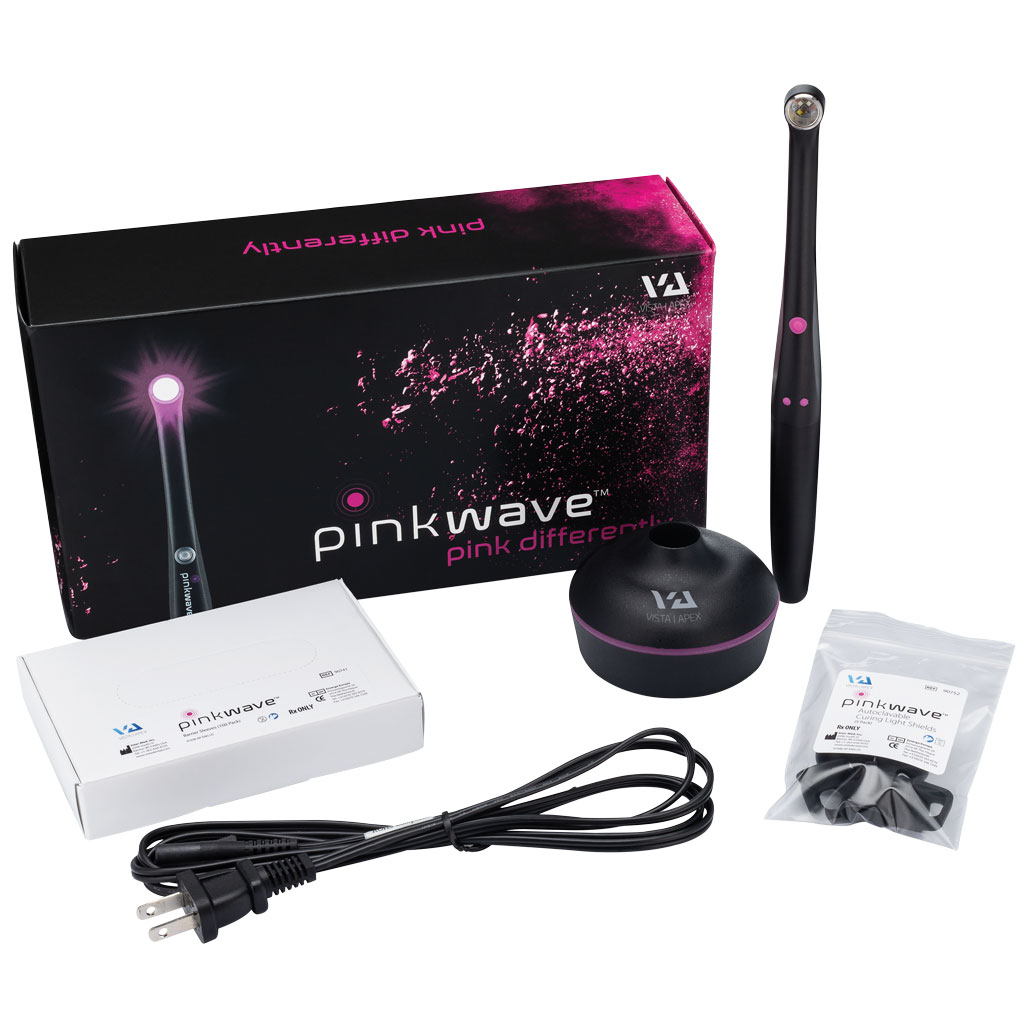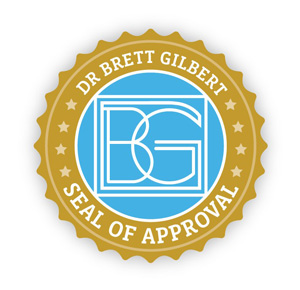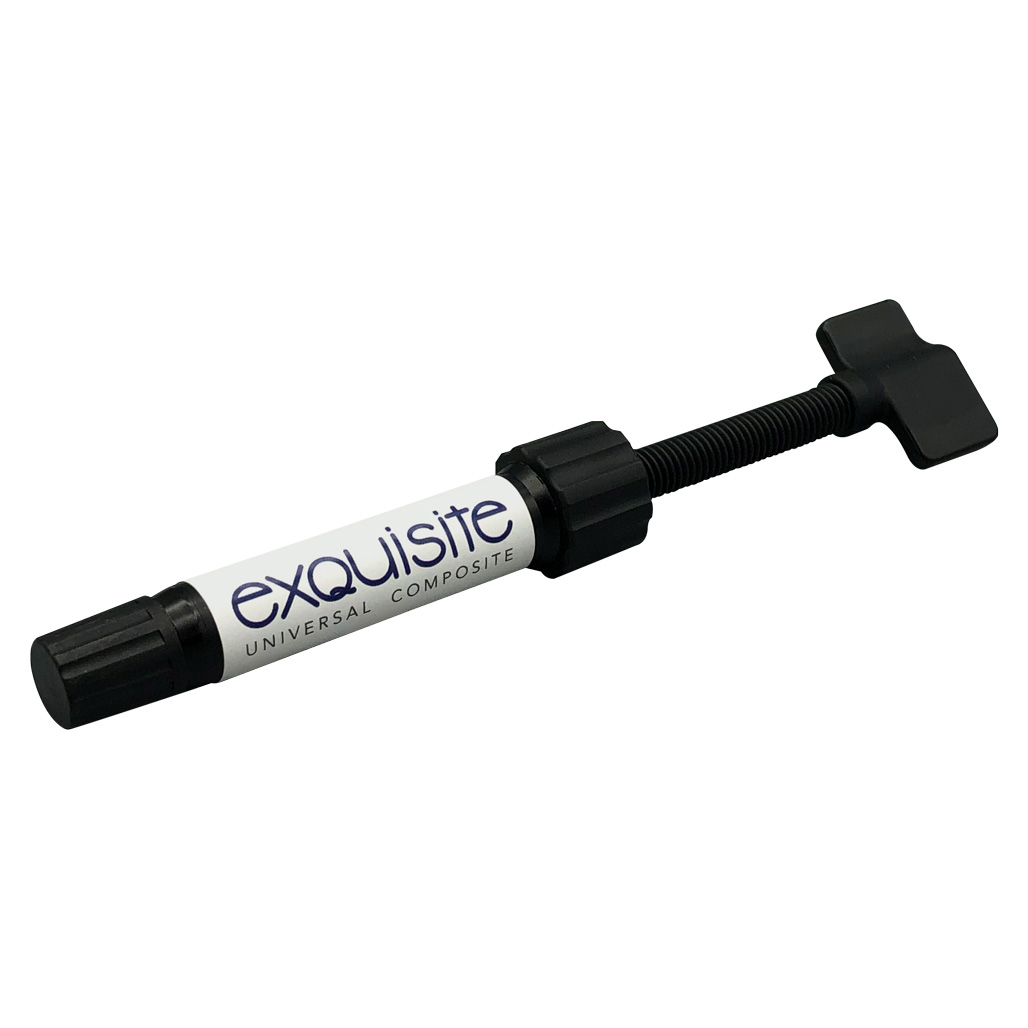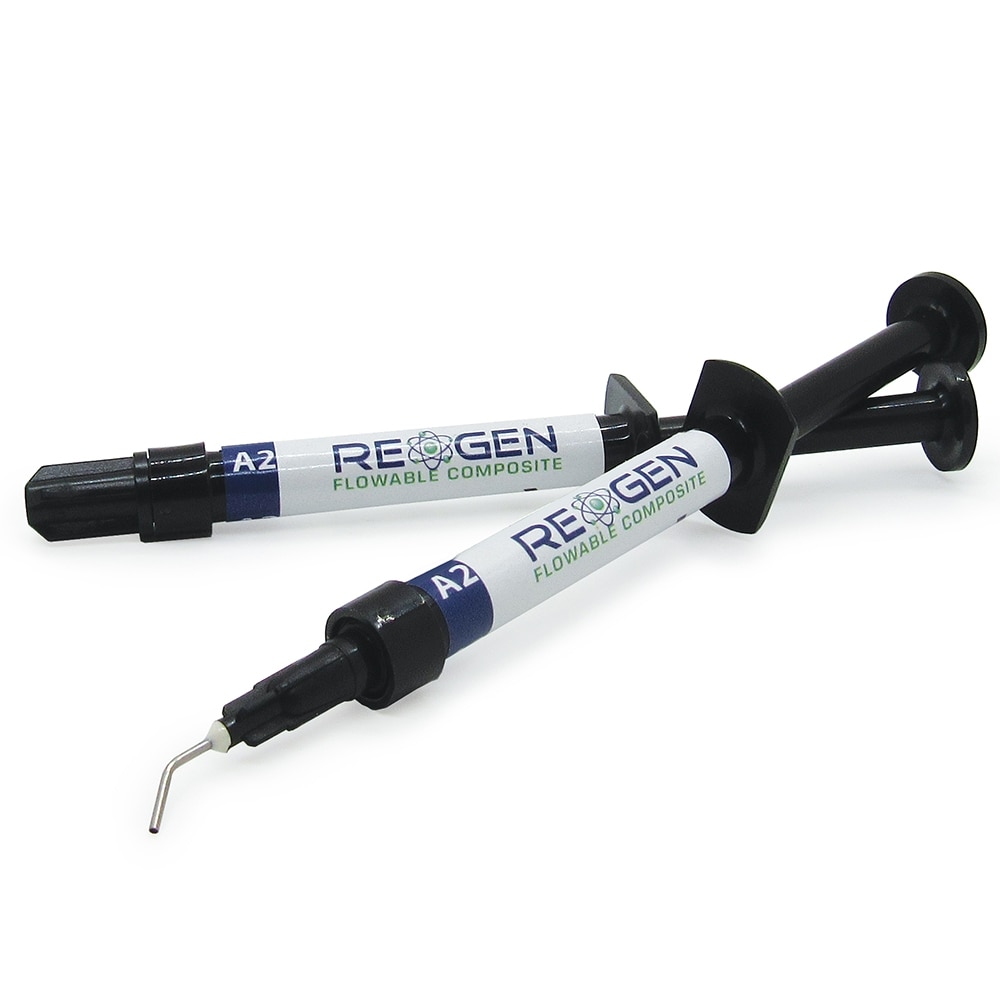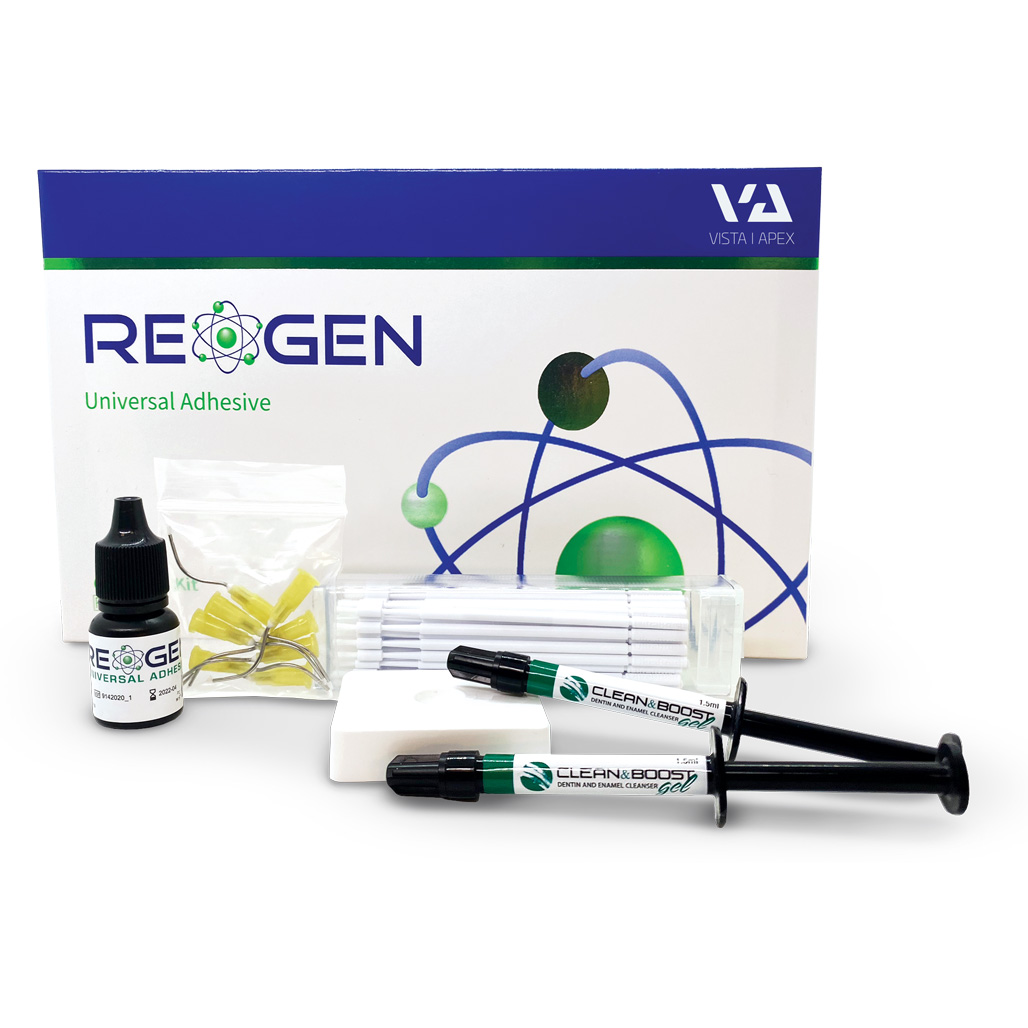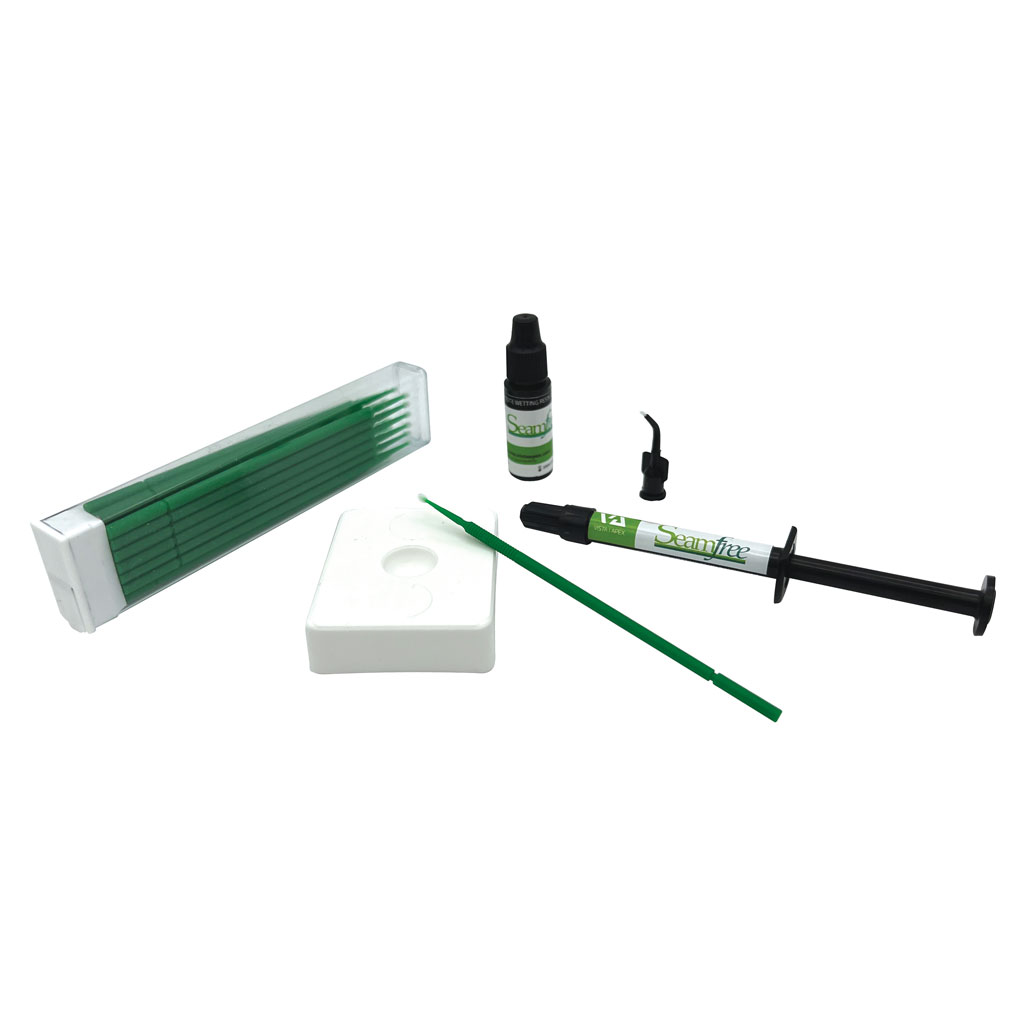PinkWaveTM was distinctly designed to enhance the efficacy of curing procedures, equipped with Vista Apex’s patented QuadWaveTM Technology which leverages four different wavelengths to ensure peak performance. Along with the standard blue light, PinkWaveTM also employs red, near infrared (NIR) and UV light, which make up the only pink curing light on the market. This innovative approach to curing has never been achieved before and results in both doctor and patient benefits.
Offering decreased composite shrinkage and increased depth of cure. With the largest curing light area on the market, PinkWave™ ensures maximum coverage. QuadWave™ Technology leverages four wavelengths into one collimated pink beam: UV, Blue, Red, and Near-infrared.
- Built in Transilluminator
- 3 curing modes — Boost, Standard and Ramp
- 1515 mW/cm2 on Standard mode and 1720 mW/cm2 on Boost mode
- 12.1mm Curing Area
- Decreased Shrinkage
- Up to 8.5mm depth of cure
PinkWave™ QuadWave™ Curing Light
$10.61 – $1,399.00
How You Cure Matters

PinkWave™ QuadWave™ Technology leverages four different wavelengths to ensure peak performance:
- UV-Photo Initiators
- CQ Initiator
- Enhanced Polymerization
- NIR – Enhanced Polymerization
- 3 YEAR WARRANTY

QuadWave™ The Future
Decreased Shrinkage
Decreased shrinkage of the materials results in a better restoration with a decreased chance of failure.

Decreased marginal staining, lower chance of microleakage and secondary caries
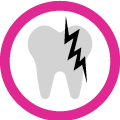
Reduced patient post-operative sensitivity

Increased Polymerization
This increase comes from the NIR wavelength emitted and leads to an overall decrease in restoration failure.
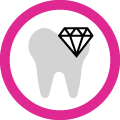
Harder restoration and greater wear resistance
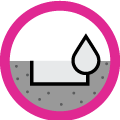
Less microleakage and water absorption
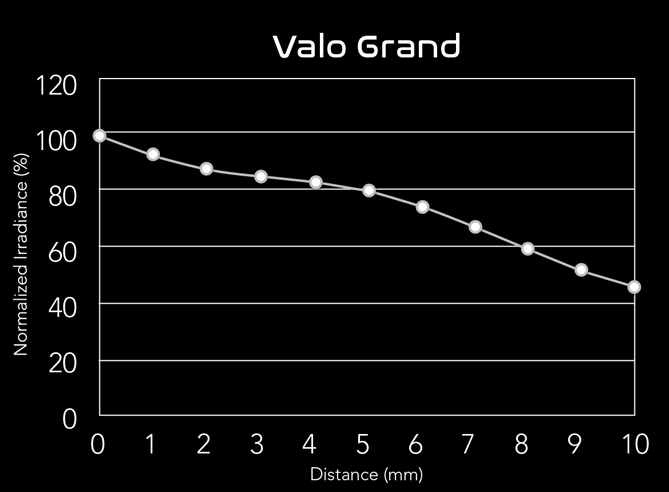
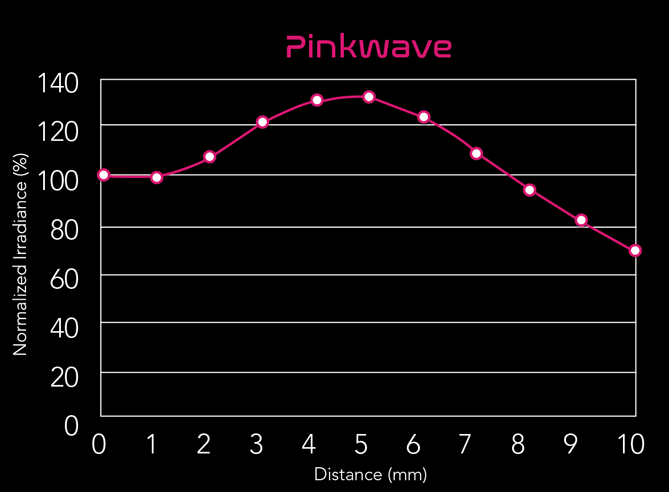
Transillumination
“I was blown away by this—this light has a built-in transilluminator and transillumination has become really huge in dentistry. So if you want to transilluminate a tooth to help diagnose certain conditions, such as cracks or if you’re looking for canal orifices, or trying to detect interproximal caries, the transillumination feature is a great benefit.”
DR. CHAD DUPLANTIS

Curing Modes
Standard Cure Mode
20 second cycle, 1515 mW/cm2 power output
Boost Mode
3 second cyle, 1720 mW/cm2 power output
Ramp Cure Mode
20 second cycle, gradual increase in intensity
Frequently Asked Questions
A combination of four different wavelengths, ranging from 375 – 900 nm, that provide a broad spectrum enabling you to cure any composite on the market. The wavelengths are:
- Blue – CQ initiator
- Near Infrared – enhances polymerization
- Red – enhanced polymerization
- UV – UV-photo initiators
Decreased composite shrinkage and more effective polymerization.
- Standard mode is a 20 second cycle and has a power output of 1515 mW/cm2
- Boost mode is a 3 second cycle and has a power output of 1720 mW/cm2
- Ramp mode is a 20 second cycle and has a power output of 1515 mW/cm2. Unlike Standard mode, Ramp mode ramps up the power from 0-100% over the first 5 seconds, and then remains at 100% for the remaining 15 seconds. Ramp Mode increases optical power from 5 – 100% (~75 mW/cm2 – 1515 mW/cm2 ) in the first 5 seconds and remains at 100% (1515 mW/cm2 ) for the remainder of the cycle. There is some evidence to support the use of Ramp Modes in Light curing to achieve optimal composite resin properties.
Three pairs or these glasses are included with each PinkWave™ purchase.
We recommend the Filter 3.0 Dark Green Safety Glasses that are ASNI Z87+ certified. Testing has shown that these lenses attenuate 95% of the light generated by the PinkWave™ Curing light on its highest setting.
These glasses are darker than the safety glasses that are commonly used with traditional blue light curing lights. For more information on the glasses please visit: https://www.mcrsafety.com/safety-equipment/glasses/st1130.
The PinkWave™ Curing Light can cure up to 8.6mm. The average depth of cure is 7.0mm.
Clean the PinkWave™ Curing Light, Protective Eyewear and Light Shields with an approved surface disinfectant solution such as a quaternary ammonium compound product that contains 20% alcohol or less.
Note: The Light Shields can also be autoclaved. If you choose to autoclave The Light Shields, they should be autoclaved at 132˚C for 4 minutes.
PinkWave™ is covered under warranty for 3 years.
Yes, the battery can be recharged by placing the curing light in the charging base.

